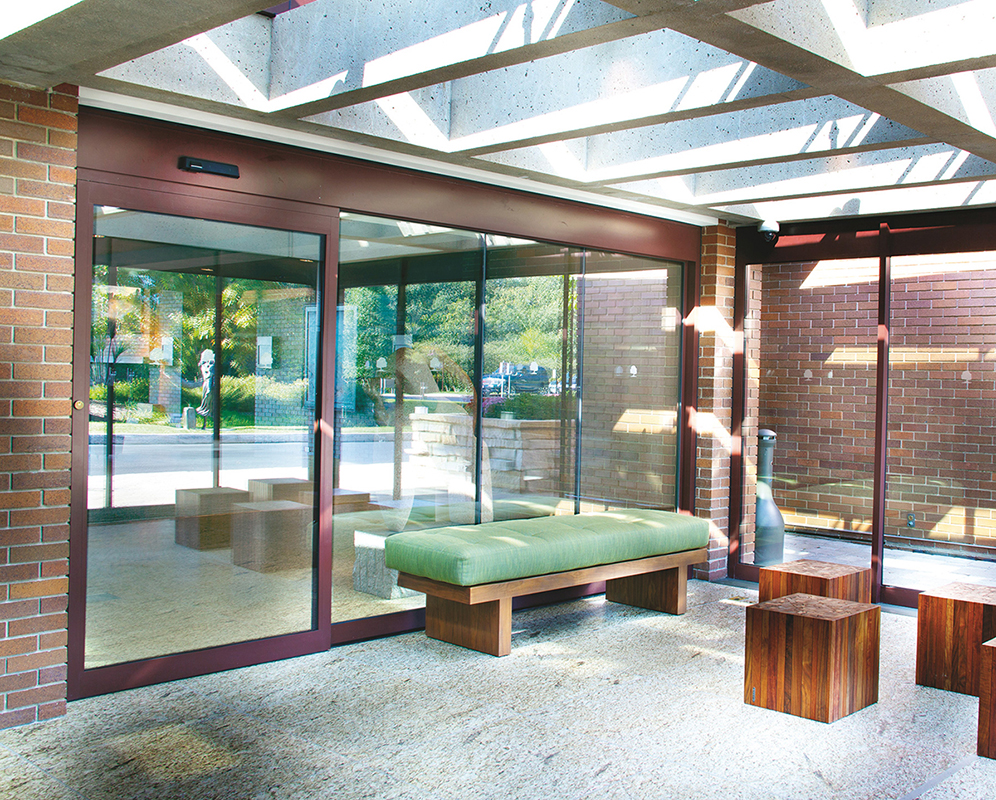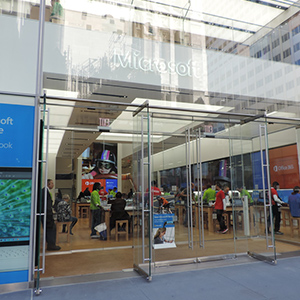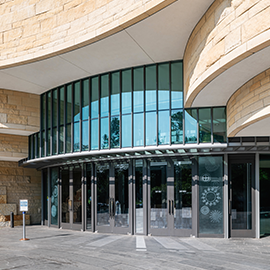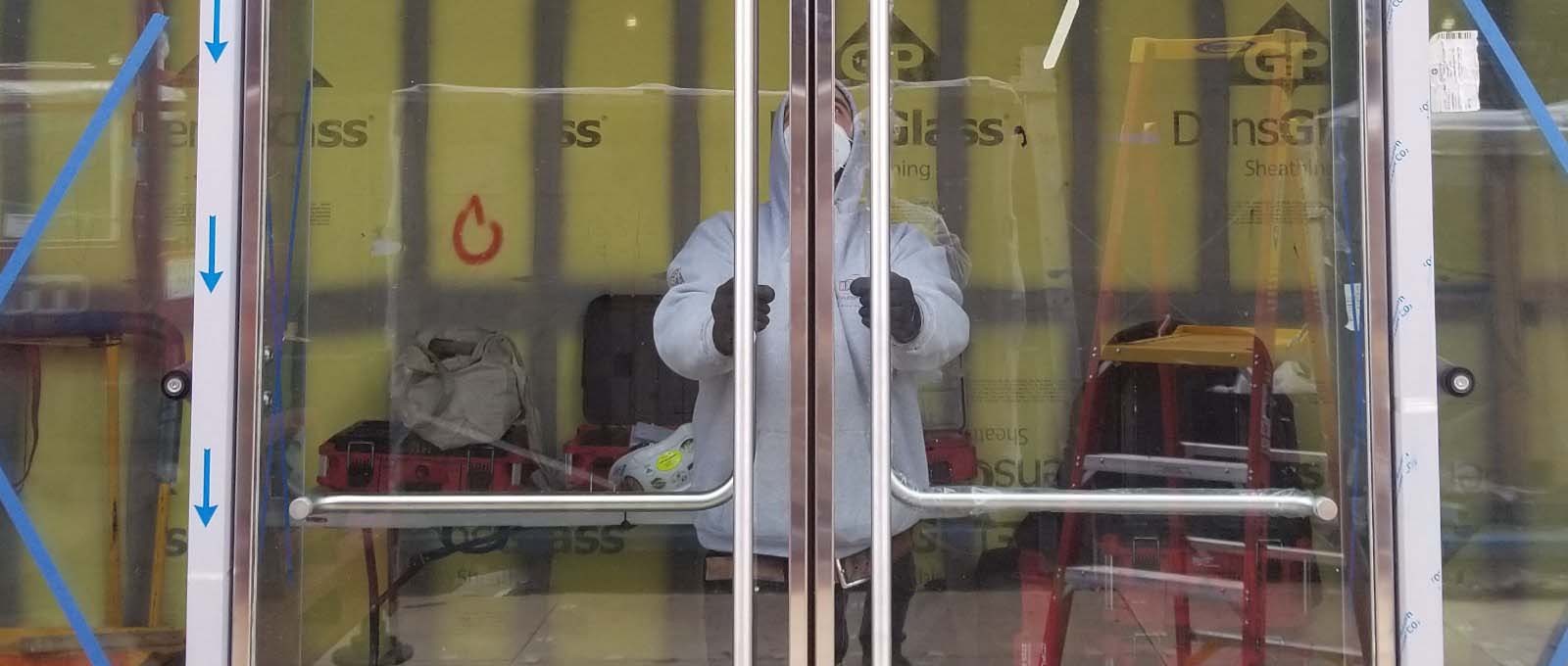The Evolution of Automatic Door Safety
Automatic doors have long been a hallmark of convenience and innovation in commercial architecture. From bustling office buildings to busy healthcare facilities, these systems are designed to simplify entry and exit while maintaining efficiency and security. Yet, as technology advances and safety regulations grow increasingly stringent, the expectations placed on automatic door systems continue to evolve. Today, businesses are not only looking for accessibility but also intelligent safety, energy compliance, and hygiene-focused solutions that reflect modern needs. Enter the OPTEX ELITE PRO Series, a new generation of automatic door sensors engineered to redefine swing door safety and performance.
Meeting Modern Demands with Advanced Sensor Technology
At the core of the OPTEX ELITE PRO Series is a focus on intelligent motion and presence detection. Traditional sensors were often limited to simple activation, triggering doors to open when movement was detected. However, these older systems lacked the ability to distinguish between directional movement, stationary objects, or potential hazards in the door’s path. The ELITE PRO Series overcomes these limitations with dual technology sensing, integrating both active infrared and microwave motion detection. This combination allows the sensor to not only detect motion from multiple directions but also identify stationary objects or people who may still be within the swing path. The result is a system that enhances both convenience and safety, reducing the risk of contact-related accidents.
Unparalleled Precision and Customization
Every building has its unique layout, traffic flow, and environmental conditions. The OPTEX ELITE PRO Series is designed with this diversity in mind, offering configurable detection zones that can be fine-tuned to match specific site requirements. Technicians can easily adjust parameters to ensure optimal door performance without unwanted openings caused by nearby foot traffic or environmental changes. The sensor’s precision allows for exact detection fields, ensuring the door responds quickly and accurately when needed while conserving energy when not in use. This level of adaptability makes the ELITE PRO Series ideal for commercial spaces ranging from hospitals and retail environments to office towers and transportation hubs.
Safety Compliance and Energy Efficiency
In today’s industry, compliance with energy and safety standards is non-negotiable. The ELITE PRO Series sensors are built to align with ANSI 156.10 standards for power-operated pedestrian doors, ensuring compliance with essential safety regulations. The system’s intelligent energy management also contributes to lower operational costs and a smaller environmental footprint. By minimizing false activations and ensuring that doors only open when necessary, the sensors reduce energy loss through conditioned air exchange, helping buildings meet energy efficiency goals without compromising accessibility. These features make the ELITE PRO Series an essential component for businesses seeking compliance and sustainability in their operations.
Built for Reliability and Longevity
OPTEX products are known for their durability and precision engineering, and the ELITE PRO Series is no exception. These sensors are designed to withstand demanding environments and continuous use, providing dependable performance year after year. Weather-resistant housing and robust internal components ensure that the sensors operate reliably even under challenging conditions. With reduced maintenance requirements and long service life, the ELITE PRO Series delivers exceptional value over time, an investment that enhances both operational reliability and user safety.
Intuitive Installation and Maintenance
One of the hallmarks of the ELITE PRO Series is its installer-friendly design. With a streamlined setup process and intuitive configuration options, technicians can quickly mount and calibrate the sensors for immediate functionality. Visual indicators and user-friendly adjustment interfaces allow for fast and accurate alignment, minimizing installation time while maximizing precision. Additionally, the system supports remote adjustments and diagnostic tools, enabling maintenance teams to fine-tune performance or troubleshoot issues efficiently without requiring full system shutdowns. This design philosophy reflects OPTEX’s commitment to simplifying both installation and long-term serviceability.
Designed with Architects and Engineers in Mind
OPTEX understands that automatic door solutions must blend seamlessly into architectural designs while meeting stringent building codes. The ELITE PRO Series offers a sleek, compact design that can be integrated into both new construction and retrofit applications without compromising aesthetics. The system’s adaptability ensures compatibility with various door operators and control systems, making it a versatile choice for architects, designers, and engineers who value both form and function. Whether used in high-traffic lobbies, corporate campuses, or public infrastructure, the ELITE PRO Series enhances building performance without detracting from the overall design vision.
Partnering with Door Automation Corporation
While the technology behind the OPTEX ELITE PRO Series is exceptional, achieving the best results depends on professional installation and system integration. That’s where Door Automation Corporation comes in. As a trusted provider of automatic and manual door solutions for commercial spaces, Door Automation Corp partners with industry-leading manufacturers like OPTEX to deliver fully customized access solutions that meet the highest standards of performance and safety. Our team of experienced technicians and design consultants works directly with architectural firms, property owners, and contractors across New York City to ensure that every system is precisely engineered for each project’s unique needs.
Comprehensive Door Solutions for Every Space
Door Automation Corporation offers a wide range of products and services to enhance accessibility and safety across all types of commercial environments. From swing, sliding, and revolving doors to energy-compliant automation systems, we specialize in creating seamless, contact-free entry experiences that improve both functionality and aesthetics. In addition to installing new systems, our team can modify existing doors to incorporate non-contact activation, helping facilities adapt to new hygiene standards and operational expectations that have emerged since the COVID-19 pandemic. We prioritize reliability, security, and long-term performance in every solution we provide.
Your Partner in Design, Safety, and Innovation
Our collaboration with design professionals ensures that every automatic door solution integrates perfectly into your building’s layout, maintaining compliance with safety codes while achieving architectural harmony. With decades of experience and a deep understanding of automated access technologies, Door Automation Corporation stands as a leader in the field, bridging innovation and practicality to deliver the best outcomes for our clients. Whether you’re upgrading your existing doors or planning a new construction project, our experts are here to guide you every step of the way, from consultation to installation and ongoing support.
The Future of Door Safety Starts Now
As automation continues to redefine modern architecture, technologies like the OPTEX ELITE PRO Series are setting the benchmark for performance, precision, and protection. Businesses that invest in these advancements are not only enhancing user convenience but also reinforcing their commitment to safety, hygiene, and sustainability. With intelligent sensors, smart configuration, and energy efficiency built into every unit, the ELITE PRO Series represents the future of automatic door technology. And with Door Automation Corporation as your trusted partner, you can be confident that your systems will operate at their full potential.
Contact Door Automation Corporation Today
If you’re ready to elevate your building’s safety and accessibility standards, now is the time to act. Let Door Automation Corporation help you design and install state-of-the-art door systems featuring the OPTEX ELITE PRO Series. Together, we can create smarter, safer, and more efficient spaces that reflect the future of commercial access. Contact us to learn more or schedule a consultation with our team of professionals today.







